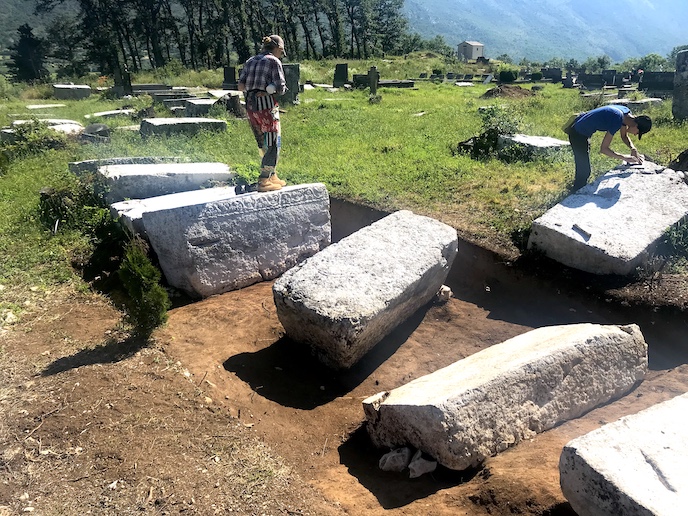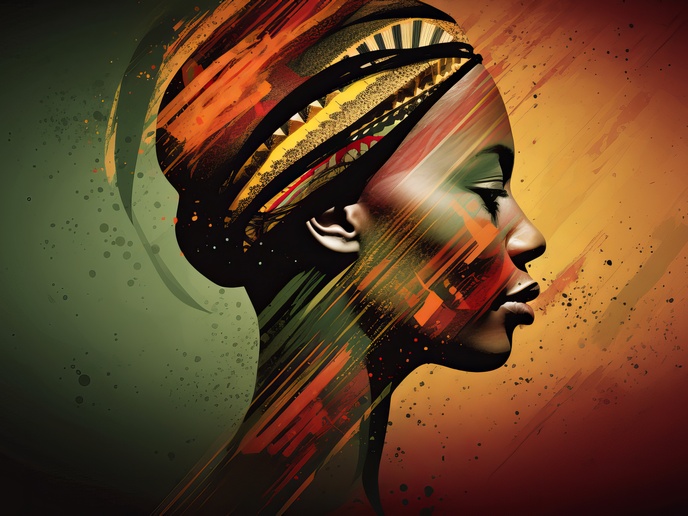Unravelling the secrets of the medieval tombstones in the Western Balkans
Stećci(opens in new window) are medieval tombstones which have survived in their thousands, having formed part of the landscape for half a millennium and more. Located in Bosnia and Herzegovina, western Serbia, western Montenegro and central and southern Croatia, the tombstones feature, as UNESCO describes: “A wide range of decorative motifs and inscriptions that represent iconographic continuities within medieval Europe as well as locally distinctive traditions.” The EU’s SOLMUS project is hoping to bring this rich cultural history to a wider audience. “It is so unfortunate that this heritage is unknown outside of the narrow region in which it developed. How is it that we, as Europeans, look for exotic things on the other side of the world yet we do not see what’s closer to home, or even in our backyards?” says principal investigator of the SOLMUS project, Saša Čaval. Čaval conducted her research at the University of Reading(opens in new window), in the United Kingdom, with the support of the EU’s Marie Skłodowska-Curie Actions(opens in new window) programme. “With scant archaeological information about the medieval period in the Western Balkans, I believe studying stećci could open our eyes and minds to the behavioural features of this multicultural, medieval society. A society that is strongly anchored in European ideologies but with a different sense of community, religious belonging and governmental authority,” she adds.
Finding the right site
With the help of Ljubica Srdić and Ljiljana Vručinić, both archaeologists at Bosnia and Herzegovina’s National Institute for the Protection of Historical, Cultural and Natural Heritage, in Banja Luka, Čaval finally settled on župa Dabar(opens in new window), župa being a Slavic medieval administrative term. “This had 48 stećci cemeteries, so it was perfect for our needs.” Čaval examined old maps and assessed the known epigraphical and iconographical inscriptions on stećci tombstones in župa Dabar to trace the feudal connections of people and their religious denominations. Satellite imagery also helped her trace the ghosts of medieval social structure lying beneath the surface of the landscape. “Prior to excavations, we surveyed several sites with two geophysical techniques: electric resistivity and magnetometry, which gave us information about what is under the surface layer, in different geological environments, without having to excavate,” she explains. The team decided to focus on two sites: Milavići – a still active public cemetery with 352 medieval tombstones – and Hatelji – a smaller cemetery with 13 stećci, located on a prehistoric mound.
Gravestones: a window on the past
The sample of 16 unearthed medieval graves revealed seven adults and surprisingly, nine children under 5. Weathered for 600-800 years, the inscriptions and decorations on tombstones are hard to read so the team used 3D scanning to reveal the engravings on eight tombstones. Along with the information about the individual burials, and the buried themselves, she gained an idea about the different types of the stećci cemeteries, and their development. “We hope to complete our excavations on these and other sites next year, which would clarify some nascent theories we have.” The microanalyses on human remains and sediment samples are still running, as the pandemic stopped all the work in scientific laboratories and at universities, delaying the work by a year. “I was most surprised by the richness of the information we unearthed in only one season of our fieldwork. Even this small step towards our understanding of the Western Balkans in the late medieval period gave us a lot of information and provoked questions that will be answered by our work and that of our colleagues in the future,” explains Čaval. Čaval was particularly struck by how local people feel they are the caretakers of this heritage. “People are very interested in what happens to these tombstones. Even though they acknowledge that there isn’t a family or direct link with the people buried under stećci, they are concerned about the monuments being removed from their original place and moved, for example, to a museum. Throughout the past, the people who shared the space with stećci were the ones who kept them for us,” she adds. The SOLMUS project raised more questions that are begging for answers and Čaval hopes that further funding will enable her to clarify the multicultural social structure of medieval Bosnia and Herzegovina.







